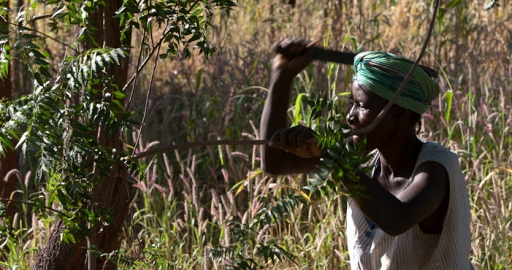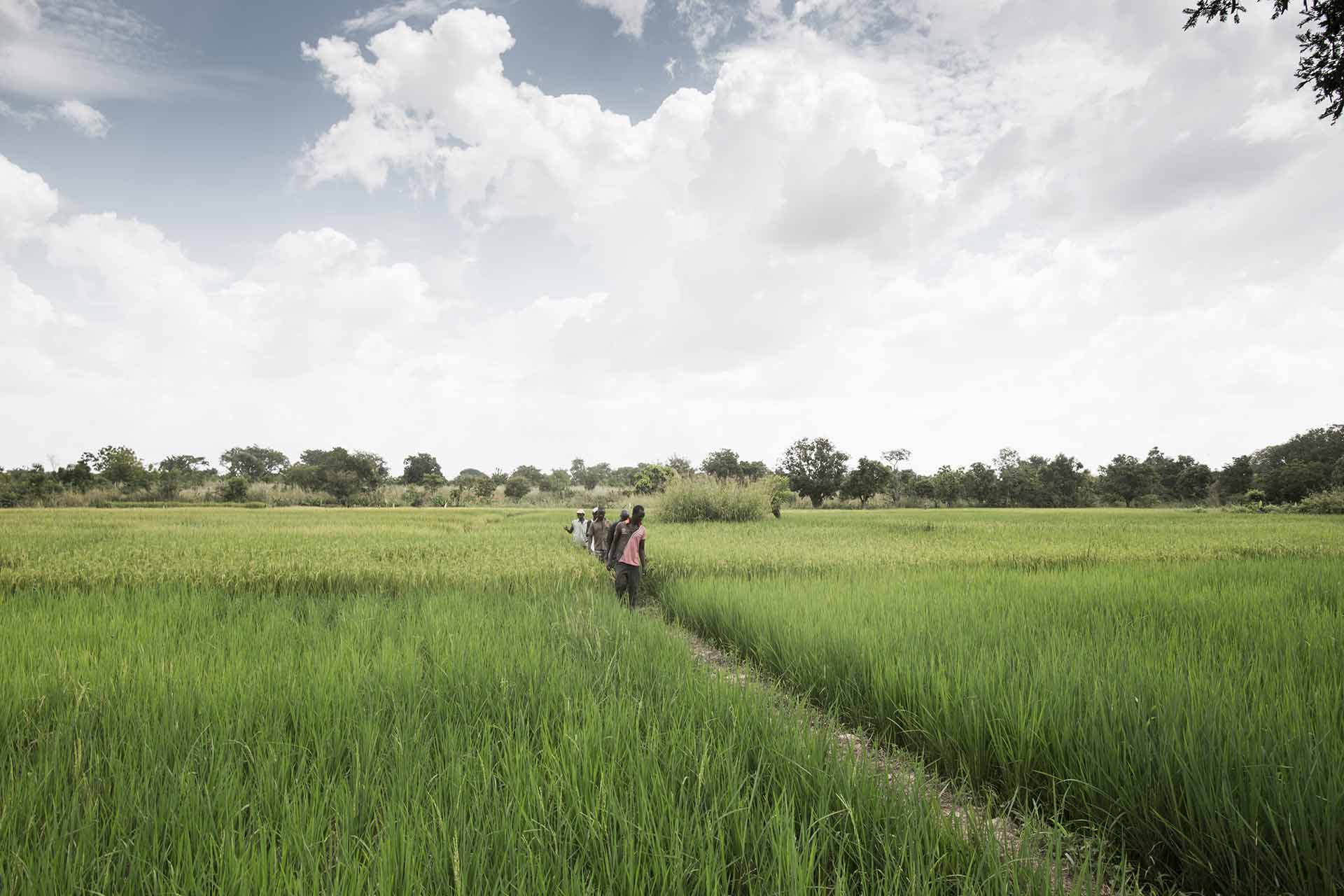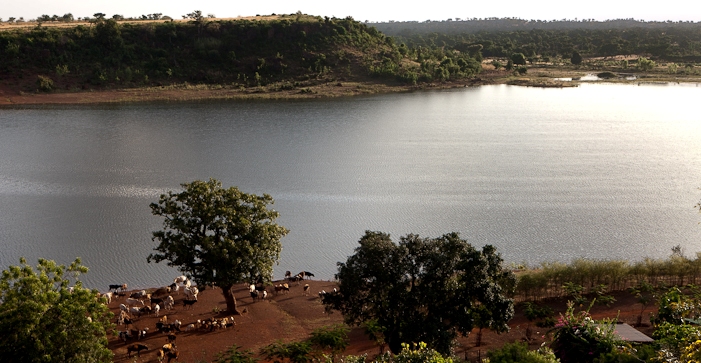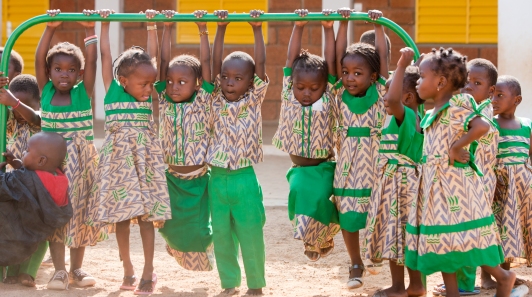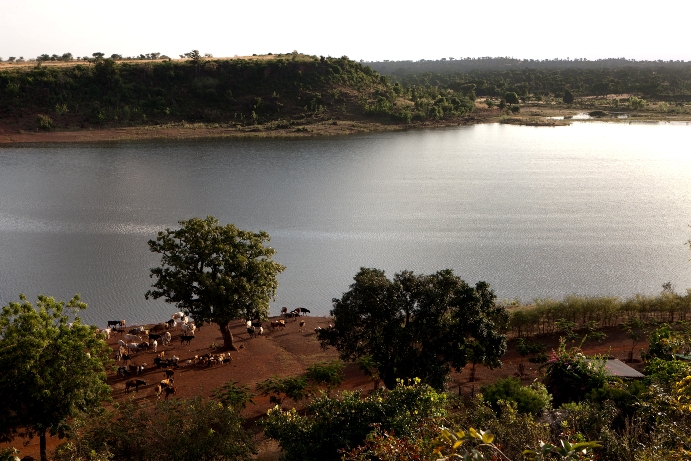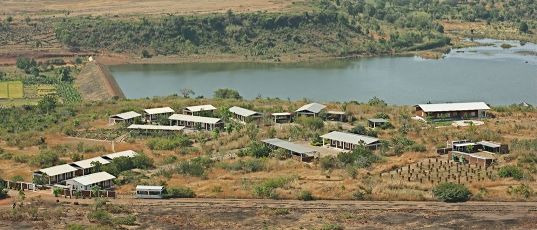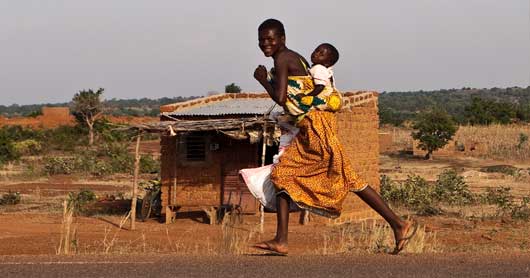
History
Colonial Era
In the course of imperialism, the European states began competing for colonies across the world. They placed particular focus on Africa. Against this backdrop, the British, French and Germans used protectorate treaties to gain control over the west coast hinterland. Ultimately the French succeeded in conquering Ouagadougou by force of arms in 1896, forcing the Mossi ruler to flee. The entire area of modern-day Burkina Faso was subsequently controlled, brought under French administration and finally incorporated into French West Africa. In 1919 it became an autonomous administrative unit called Upper Volta, named after the Rio Volta, a major river. Starting in 1932 the colony was divided up and allotted to neighbouring colonies. During this period Upper Volta was significant for the recruitment of labourers for these colonies and of soldiers for the Second World War.
Following the end of the war, the French colonial order was redesigned, leading to the creation of the Union Française. Thus in 1947, not least at the urging of the Mossi, Upper Volta was reconstituted. Now possessing the status of a French overseas territory, the land would henceforth be governed under limited self-administration from Ouagadougou.
